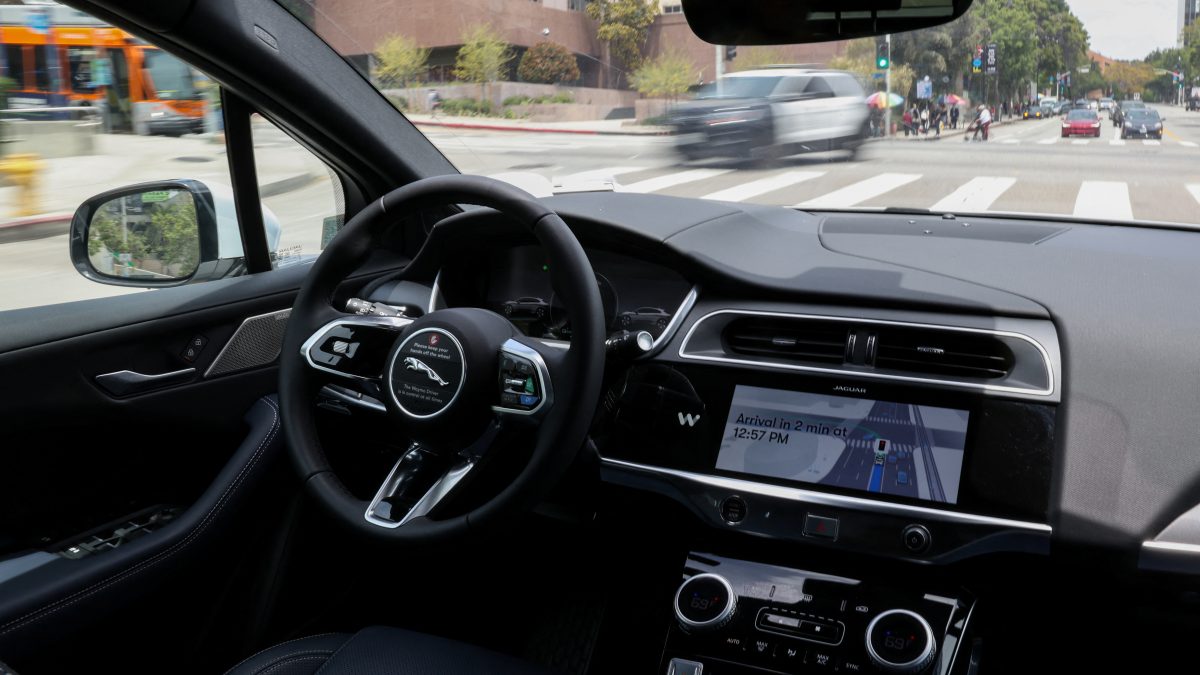Intel is planning to take on AMD and NVIDIA in the budget GPU segment with its newly announced Arc B580 and B570 Battlemage graphics cards. Priced at $249 and $219 respectively (roughly Rs 21,100 and Rs 18,550 as of writing this piece), these GPUs aim to deliver solid performance at a competitive price.
Set to launch on December 13 and January 16, the cards represent Intel’s latest attempt to carve out a space in the desktop GPU market.
These cards are based on Intel’s second-generation Xe2 “Battlemage” architecture, which is also found in its Lunar Lake laptop chips. However, the desktop versions pack more punch with increased cores, more video memory, and higher power consumption.
Intel claims these GPUs offer the best performance per dollar in the midrange market and will be a tough competition to NVIDIA’s RTX 4060 and AMD’s RX 7600. However, it should be noted that AMD is set to announce its RX 8000 series, whereas NVIDIA will be releasing its RTX 5000 series GPUs, soon.
B580 vs. B570: Key Differences
Both the GPUs are built on the same BMG-G21 chip but differ ever so slight in their specifications. The Arc B580 boasts 20 Xe2 cores, 12GB of VRAM, and a 192-bit memory bus for 456GB/s bandwidth, while the B570 features 18 Xe2 cores, 10GB of VRAM, and a 160-bit bus offering 380GB/s bandwidth.
Meanwhile, the B570 has a lower TDP of 150W compared to the B580’s 180W, making it slightly more power-efficient. Both cards use a single 8-pin connector, making them easier to integrate into existing systems.
Impact Shorts
More ShortsIntel claims the B580 edges out the NVIDIA RTX 4060 by about 10 per cent in performance at 1440p with ultra settings, provided it’s paired with a high-end CPU like Intel’s Core i9-14900K, with ReBar enabled. However it is very unlikely that anyone would pair an RTX 4060 or Arc B850 with a 14900K.
The B580 can reportedly achieve over 60fps in demanding titles like Cyberpunk 2077 and Hogwarts Legacy. Meanwhile, the B570 offers a budget-friendly alternative for gamers looking for decent performance without breaking the bank.
Battlemage architecture: efficiency and features
Intel’s Xe2 architecture brings notable improvements, including a 70 per cent boost in performance per core and a 50 per cent improvement in power efficiency compared to its first-gen Alchemist GPUs. The new X Matrix Extensions (XMX) AI engines enable faster ray tracing and enhanced gaming visuals.
Intel has also upgraded its XeSS technology, a competitor to NVIDIA’s DLSS and AMD’s FSR. The new XeSS 2 introduces frame generation to boost frame rates and a low-latency mode to minimise input lag. These updates aim to make gaming smoother and more immersive. The first game to support XeSS 2 will be F1 24, with other titles like Assassin’s Creed: Shadows and Harry Potter: Quidditch Champions following soon.
An outlook for the future
While the Battlemage GPUs show promise, they face a challenging market dominated by NVIDIA and AMD. Intel has priced its cards very aggressively and included features like higher VRAM, but the GPU market’s rapid price adjustments could erode its edge.
Adding to the uncertainty is Intel’s shaky commitment to its discrete GPU business. Recent comments from former CEO Pat Gelsinger hinted at potential cuts to the division, casting doubt on future product releases. Despite these challenges, Intel’s Arc line of GPUs can prove to be crucial for mid-range gamers, especially considering how AMD and NVIDIA have treated the segment for years now.
With partners like Acer, Asrock, and Gunnir preparing to release their versions of the cards, Intel is ready to make its mark on the midrange GPU market. Whether the Battlemage series becomes a stepping stone for Intel’s GPU ambitions or a swan song remains to be seen.


)

)
)
)
)
)
)
)
)



